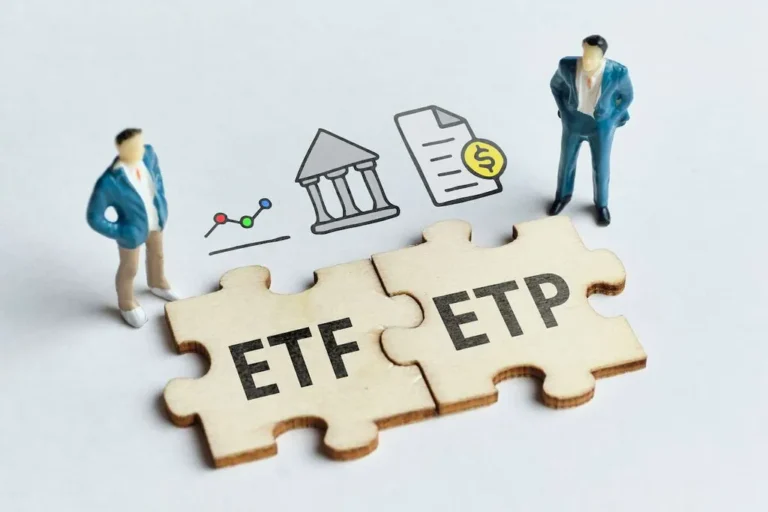In a saturated market, due diligence makes for an enormous part of the method. Tier 1 liquidity providers are massive banks and corporations that buy the asset from the issuers. Brokers can supply excellent liquidity by partnering with a quantity of liquidity provider vs broker tier 2 providers, or by being tier 2 liquidity providers themselves and partnering with tier 1 suppliers.
How Do Liquidity Providers And Brokers Work Together In Fx?
They have plenty of liquid assets available to stabilize a market’s position. Forex liquidity companions provide efficient fiat on/off ramping, which means they will facilitate foreign exchange conversions with little slippage. “I would suggest towards aggregating prime of primes since many use the identical underlying LPs,” stated Isbeer.

How Is The Us Election Anticipated To Affect The Markets?

They can use machine learning to control the balance of liquidities to avoid slippages. A research by Brokeree means that international curiosity in social buying and selling services has been steadily growing over the past four years. I absolutely understand that both the broker and LP must generate income, but there is a difference between revenue margin and ripping a consumer’s face off, especially my client. Now that I am carried out with the above rant, there are three elements which are necessary when brokers are contemplating LP’s. LP PRIME doesn’t supply its providers to residents of certain jurisdictions such as USA, Cuba, Sudan, Syria and North Korea.
The Secret Components: How Brokers Select Liquidity Suppliers
Most of these are large banking and financial institutions that have entry to large swimming pools of capital. For instance, Deutsche Bank and Morgan Stanley are international, main suppliers in foreign exchange. These buying and selling facilitators hold inventories of a quantity of assets or monetary instruments, and stand ready to satisfy buy or promote orders as they come in. This allows markets to keep transferring by ensuring that a buyer or vendor can all the time do business.
Broker Vs Market Maker: What’s The Difference?
As technology continues to evolve, the position of liquidity suppliers will doubtless proceed to adapt, offering new alternatives and challenges for market participants. The future of liquidity provision promises to be an thrilling frontier, marked by innovation and alter. From the perspective of an introducing dealer, liquidity providers are indispensable companions. They allow brokers to offer tighter spreads to their purchasers, which is normally a key differentiator in attracting and retaining traders.
Without brokers, it will be extremely troublesome for people and organizations to navigate the complex and extremely regulated world of finance. When choosing a liquidity provider, brokers should fastidiously contemplate elements similar to popularity, liquidity depth, pricing, instrument range, and risk management capabilities. By partnering with respected and reliable LPs, brokers can create a sturdy buying and selling ecosystem that fosters success and profitability for all stakeholders concerned. Maintaining sturdy relationships with banks remains important as a outcome of broad vary of companies they offer. The faster trades can happen, the extra secure market costs are typically.

Thanks to liquidity providers, there could be all the time a buyer and a vendor in the market. Sometimes there are cases when a broker can promote belongings with out transferring the transaction to a liquidity provider. In different words, if you make a purchase, you aren’t shopping for from the vendor to whom your broker has sent the transaction, but out of your broker.
From the angle of traditional monetary establishments, the main target is on enhancing efficiency and decreasing prices. They are investing in high-frequency trading (HFT) algorithms and artificial intelligence (AI) to make real-time decisions and provide liquidity extra successfully. For occasion, Goldman Sachs and JPMorgan have been creating their own AI-driven buying and selling platforms that can predict market actions and execute trades at optimum costs. To illustrate these factors, contemplate the example of a foreign exchange liquidity supplier. Under the MiFID II framework, this provider must supply clear pricing and report commerce information to a commerce repository. If they interact in algorithmic trading, they must additionally make sure that their algorithms do not create false or deceptive market conditions.

By coming into and holding positions they bridge the gap between market members. Therefore, liquidity suppliers help to increase trading exercise by rising the trading volume within the order guide in the type of pending orders, which magnetize market members to trade. Liquidity providers assist to keep away from this by supplying liquidity to the distinct markets and thus compensating giant deals of whales in order to hold the price of financial assets steady.
They function the bridge between buyers and the markets, providing access, advice, and companies which would possibly be essential for successful buying and selling. Without brokers, the financial markets would be a lot much less accessible, efficient, and liquid, making it more durable for people and establishments to realize their financial targets. Now that you understand what liquidity providers are and how they generate liquidity in different financial markets, it’s time to seek out out what strengths they’ve. Brokers play an important role in the forex market by providing merchants with entry to the market, tools and services to assist them make knowledgeable trading decisions, and executing trades accurately and effectively. Traders want to contemplate the standard of their liquidity providers to ensure optimum execution in all market conditions.
This fixed availability of trading companions helps to create a more fluid and stable market setting. Liquidity providers play a pivotal role within the monetary markets by facilitating the convenience with which belongings could be purchased and bought. Their presence is essential for maintaining market efficiency, as they help to make sure that there is sufficient quantity for transactions to happen with out causing important worth adjustments. This is especially essential in fast-moving markets, where the absence of liquidity providers could lead to high volatility and huge spreads between the bid and ask costs. By offering to purchase or promote assets at any given time, liquidity suppliers enable both retail and institutional merchants to execute their trades more effectively and with less influence in the marketplace worth. Banks, monetary institutions, and principal buying and selling companies (PTFs) all act as liquidity providers in today’s markets.
As quickly as a trader sends a market order, that order shall be executed instantly. It must be famous that if the order is small, it is more likely to be “overlapped” by the broker’s purchasers (usually massive Forex brokers) at their expense. Liquidity providers will solely accept zero.1 lot from brokers with clients on the opposite end of the deal.
- Liquidity providers (LPs) play a pivotal position in the financial ecosystem by facilitating smooth market operations and guaranteeing that property can be bought and bought without significant price discrepancies.
- All content on this web site is for informational functions only and does not constitute monetary recommendation.
- Liquidity providers play a pivotal function in the monetary markets by facilitating the benefit with which property could be purchased and sold.
Read more about https://www.xcritical.in/ here.
